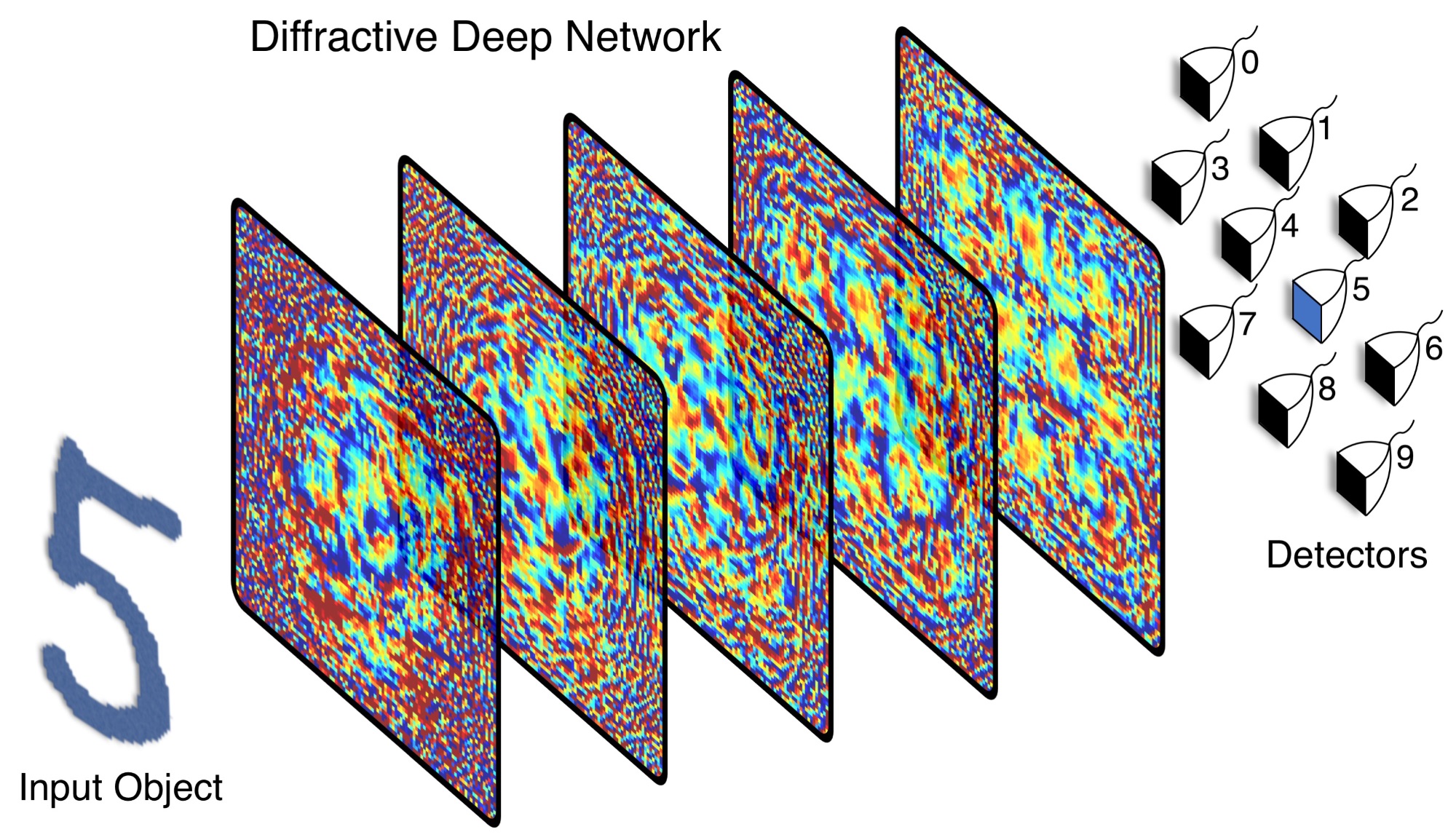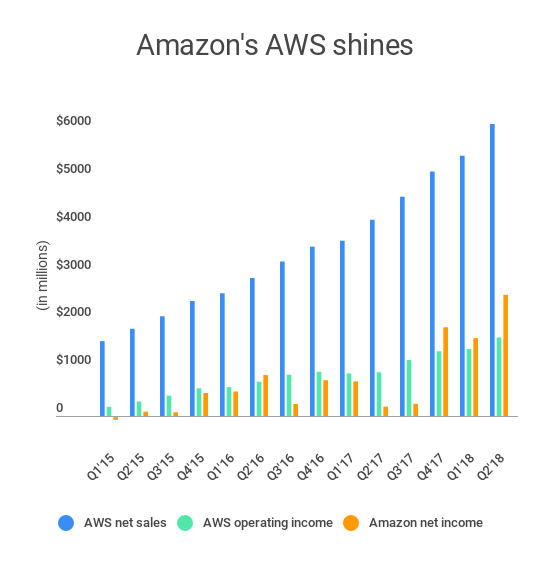Electric scooter startups Bird and Skip have landed permits to operate in Portland under a new pilot program that aims to gauge how the controversial form of micro-transportation will fit in the city. And already there’s a bit of drama, or call it skeptical-scooter feelings, scuttling about.
The permits issued by Portland Bureau of Transportation will run until November 20, when the pilot program is set to end. Scooters could be available for rent as soon as this week, PBOT officials said.
The PBOT will conduct an evaluation of the program and survey Portlanders to determine whether scooters are compatible with the safe, efficient and equitable operation of Portland’s transportation system, the department said.
And while the official line from PBOT is neutral, there’s at least one staffer whose snarky tweet suggests that the scooters are something more repugnant: just another toy for tech bros.
It all started after PBOT tweeted a PSA about the rules for scooters. In response, one person wrote, “Instead of preemptively shaming and chastising e-scooter users PBOT should be bending over backwards to encourage this alternative. I would like @PBOTinfo staff to reread the climate action plan, bike plan, and comp plan to come to grips with the magnitude of their failure.”
A staffer within PBOT wasn’t too pleased and posted this retort.
“Or maybe they’re toys that tech bros leave strewn about, blocking corner ramps needed for people with disabilities. Also, people need to know the helmet laws for scooters are different than for bicycles. We’ll see how it goes during this pilot period!”
And then later, another tweet. This time the PBOT staffer tries to walk back the previous comments. Another 15 minutes later and it looks like that staffer’s tweeting privileges have been taken away.
The PBOT scooter skeptic, and the initial tweet that prompted the snippy response, is a symptom of a wider controversy bubbling up in densely populated cities throughout the U.S. as traditional car ownership — and the traffic congestion that comes with it — collides with public transit and newer forms of mobility such as ride-hailing, bike sharing and scooters.
The scooters have had a polarizing effect on residents living in cities. Some love the dockless scooter services because they provide a fast and cheap means of traveling short distances. Others loathe them, or more accurately, the misuse of them. (Scooters are supposed to be used in the bike lane, not on sidewalks.)
Still, the wave of scooters doesn’t appear to be slowing. Bird, for instance, launched in Portland and Cincinnati on Thursday. The company has launched in about 30 U.S. cities to date. Although not all of those have gone smoothly.
For instance, after Bird entered into Milwaukee on June 27, the city attorney issued a cease-and-desist letter and sued the scooter-share startup. The Milwaukee City Council is now considering a ban of all electric scooters.
Meanwhile, the streets of San Francisco remain scooter-less while the San Francisco Municipal Transportation Agency continues its review of the 12 applications from companies to operate electric scooters in the city. Bird, Lime, Lyft, Uber and others have applied for permits to operate electric scooter-share services in San Francisco. The ban, and subsequent permit process, was the result of several startups deploying their electric scooters without permission.
Meanwhile, back in Portland, the number of scooters will be capped at 2,500, with each permitted company receiving a portion of the total. PBOT says it will continue to issue permits to companies that qualify under the pilot rules. In other words, Bird and Skip may soon have competition.
The PBOT is limiting the rollout, as well. Companies are allowed to deploy up to 200 scooters during its first week of operation. The department is also requiring that each company deploy a portion of their fleets in East Portland.
State law requires scooter riders to wear a helmet and prohibits use on sidewalks. Riders will be required to park scooters on the sidewalk close to the curb, so that scooters do not interfere with pedestrians, according to PBOT rules.




 If that’s a bit much to wrap your head around, think of a mechanical calculator. Nowadays it’s all done digitally in computer logic, but back in the day calculators used actual mechanical pieces moving around — something adding up to 10 would literally cause some piece to move to a new position. In a way this “diffractive deep neural network” is a lot like that: it uses and manipulates physical representations of numbers rather than electronic ones.
If that’s a bit much to wrap your head around, think of a mechanical calculator. Nowadays it’s all done digitally in computer logic, but back in the day calculators used actual mechanical pieces moving around — something adding up to 10 would literally cause some piece to move to a new position. In a way this “diffractive deep neural network” is a lot like that: it uses and manipulates physical representations of numbers rather than electronic ones. By arranging millions of these tiny transformations on the printed plates, the light that enters one end comes out the other structured in such a way that the system can tell whether it’s a 1, 2, 3 and so on with better than 90 percent accuracy.
By arranging millions of these tiny transformations on the printed plates, the light that enters one end comes out the other structured in such a way that the system can tell whether it’s a 1, 2, 3 and so on with better than 90 percent accuracy.
 (@sorenimpey1)
(@sorenimpey1) 